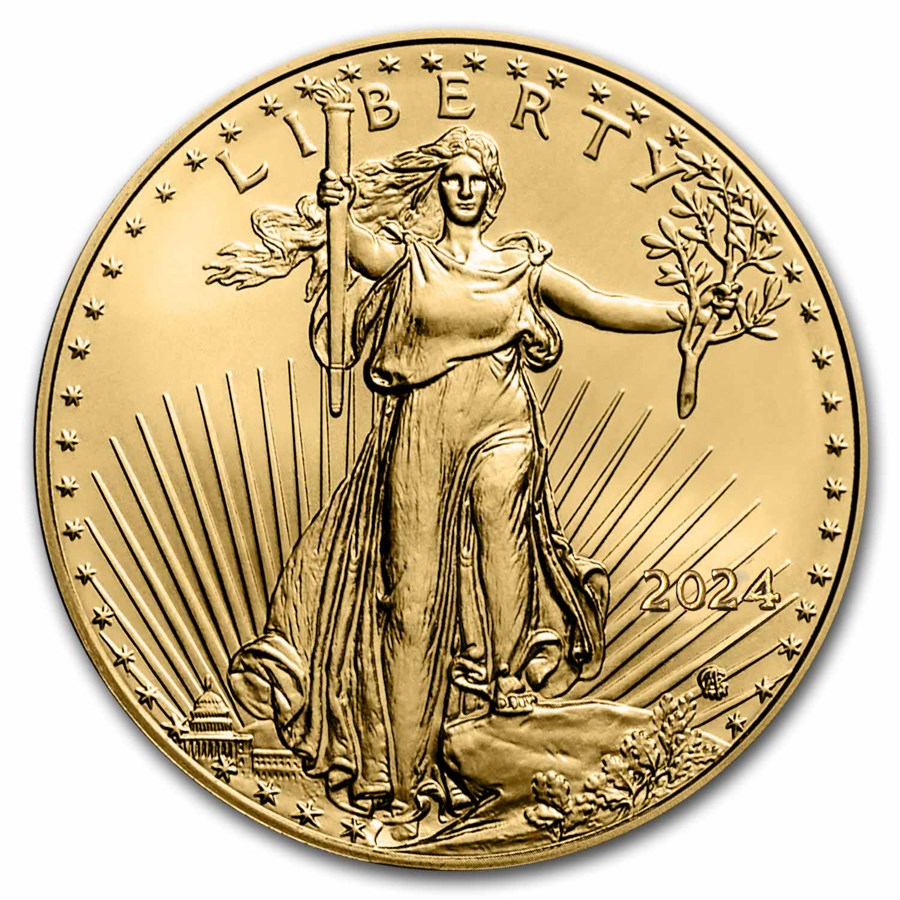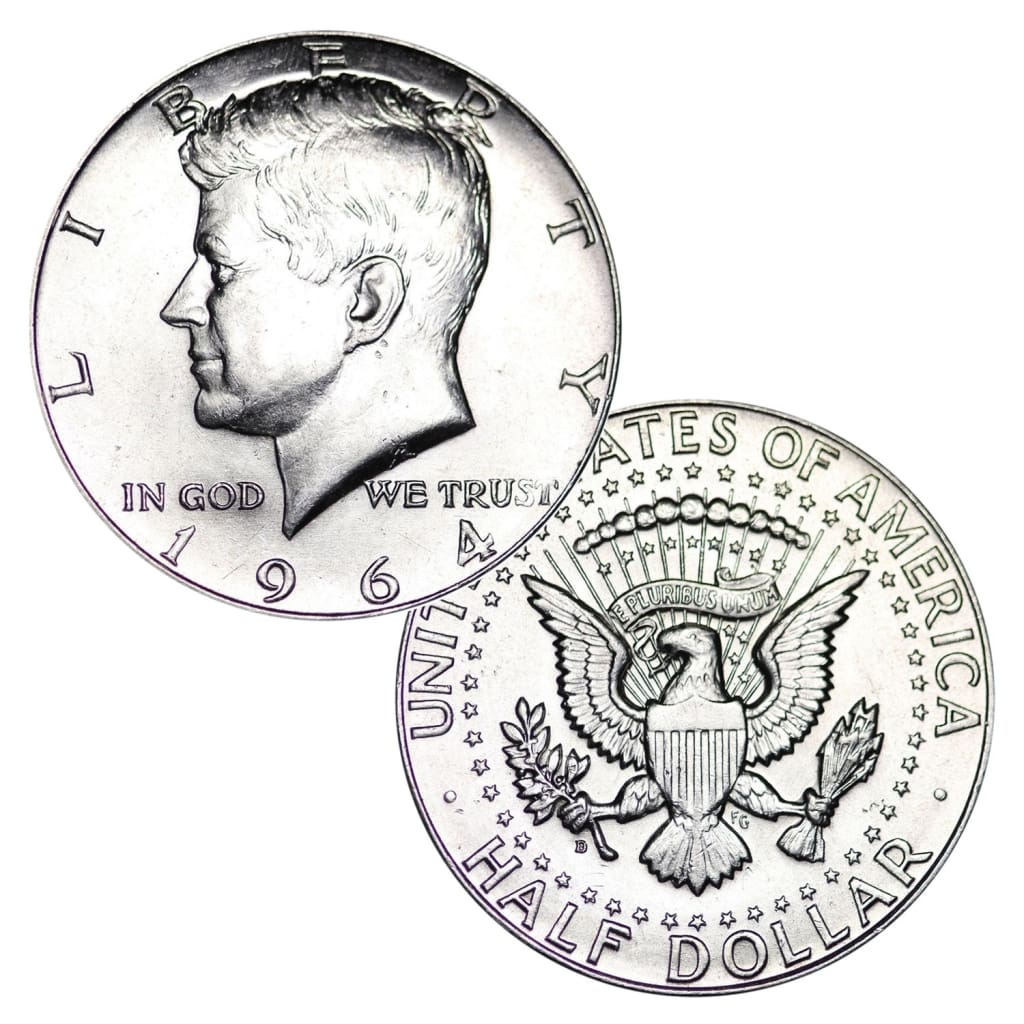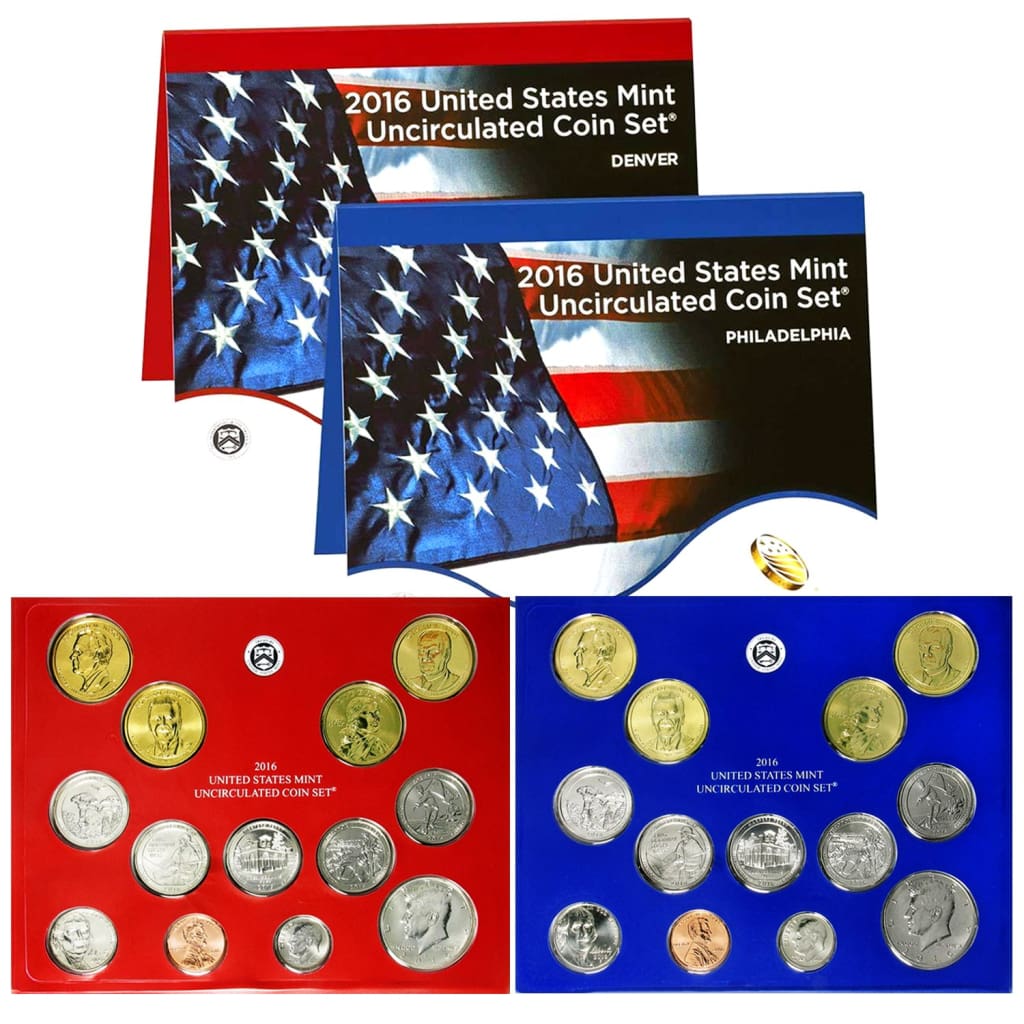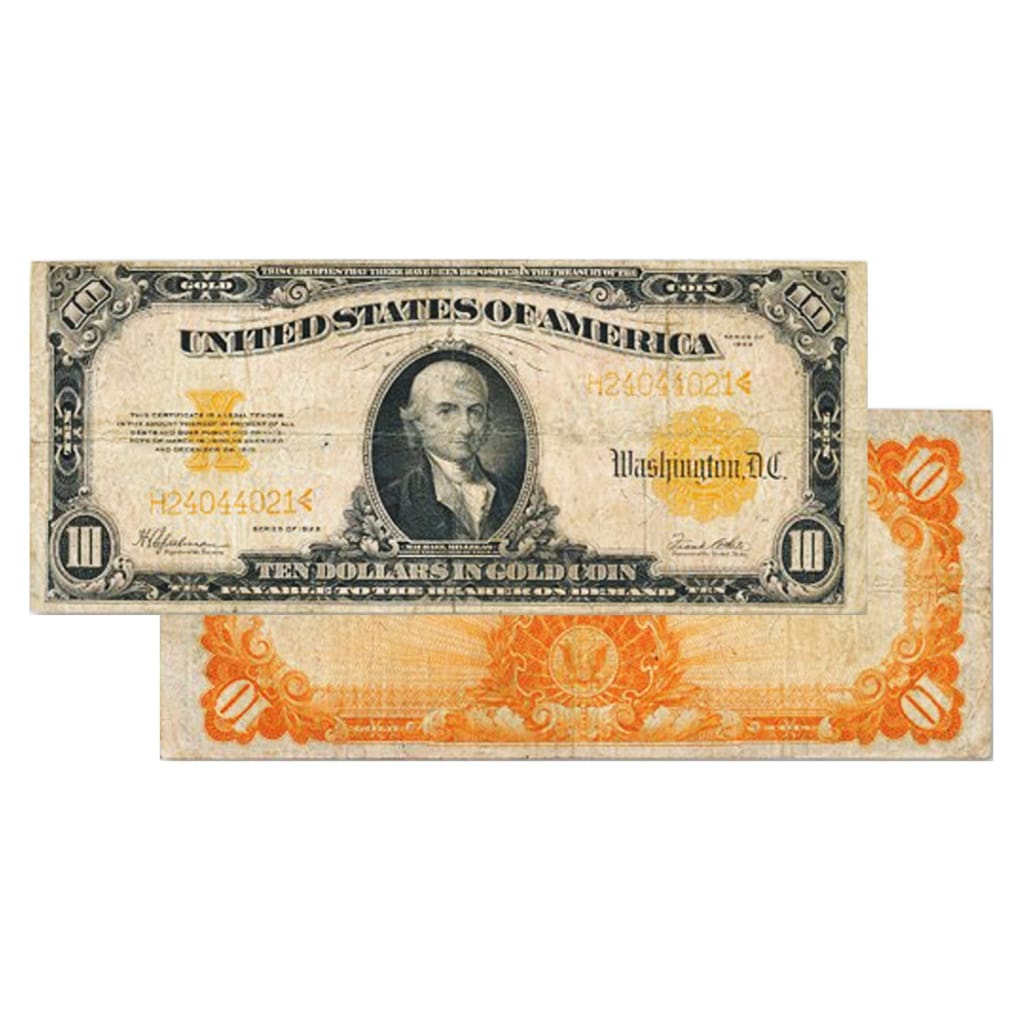Cent Colors - And Why it Matters
If you’re a US cent coin collector you may have noticed that prices for uncirculated pennies vary depending on the coin’s color. That’s because all US cent coins—and many foreign coins—have copper ...
$1 Face Circulated War Nickels 35% Silver, 1942-45, 20 Coins Wars have affected money production in many different ways. Lose a war and your currency may become worthless as a Confederate Dollar. ...
We often get asked the question: “What are my coins worth?” Well, the answer depends on a couple different things. For instance, your coin’s weight, metal composition and base metal prices. We’ve c...
What Are Mistake Coins? – A Collector’s Overview
Given the billions of coins minted every year, it’s not surprising that mistakes get made. What’s more remarkable is how few actually make it into circulation. And when they do, some are quite valu...
What is My Old Dime Worth? Part 5: “Mercury” Dimes, 1916-1945
The so-called Mercury dime was born of a mistake—one that was compounded by misnaming the coin in common usage. US coin legislation allows the Treasury to change coin designs every 25 years without...
What are Hawaiian Federal Reserve Notes?
When Japan attacked Pearl Harbor, the nation reeled in shock and fear of imminent invasion of the Hawaiian Islands spread. Concerned that if such an invasion were successful, large amounts of U.S. ...
Welcome to the Great American Coin Company’s Blog!
Header CoinHello, coin lovers! Welcome to our brand new Great American Coin Company blog. We’re happy to have you aboard! In the coming weeks, months and years, we’ll be using this space to share w...
US Territorial Coins-Templeton Reid and Georgia Gold
The first US gold deposit was found by a farm boy named Conrad Reed in North Carolina in 1799, but the 17-pound nugget would sit unnoticed (it was used as a doorstop!) until 1804 when a visiting je...
What is My Old Dime Worth? – Draped Liberty, 1796-1804
As early as 1783, Thomas Jefferson, Benjamin Franklin, and Alexander Hamilton advocated for US currency to be based on a decimal system rather than the Roman system used by Great Britain. Partly du...
Part 3: Liberty Seated Dimes, 1837-1891 Andrew Jackson’s presidency (1829-1837) was controversial, to say the least, and his legacy is still being debated today. But his distrust of central banks a...
Fiat money is one of three basic types of currency. Commodity money has intrinsic value in itself—a piece of silver, a diamond, or a goat. When commodity money is used, it’s basically a barter tran...
1864 $10 Confederate States of America (CSA) Note - Purchase by the Grade It all started in 1821 when Missouri was admitted as a slave state. That led to a border war in the late 1850s between Miss...
Grading CoinsCoin grading is the process of determining a coin’s value. Grading depends on a few things. First, how well the coin was originally struck. Second, how well the metal has been preserve...
What is Clad? (And Why You Should Collect It)
Gold Cladbar By definition, if something is “clad”, the outer layers of one metal are bonded to the core of a different metal. A lot of products can technically be clad — mostly frying pans, boilin...
What is a Reverse Proof Coin?Proof coins are specially crafted coins of pristine quality made specifically for collectors. Great care is taken in their production and handling to make sure details ...
When new dies are made for coins—typically for a year or design change—some are given special treatment. They’re used to produce coins for collectors known as “proofs.” Usually issued in sets conta...





